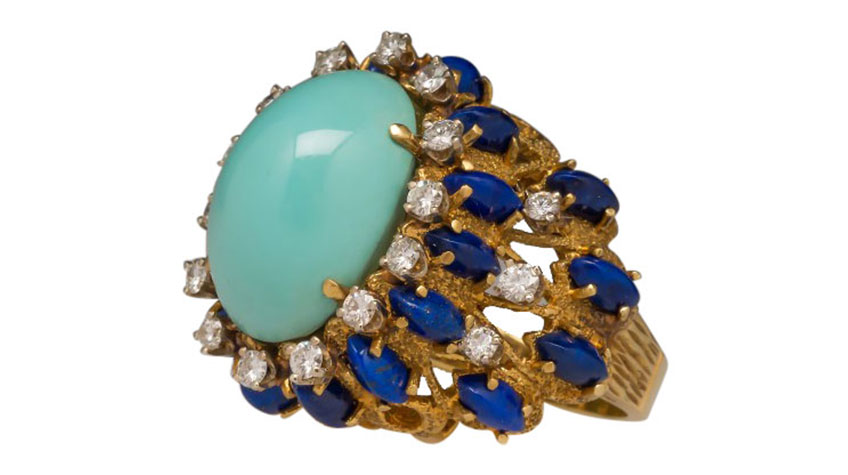Sell Estate Jewelry to the Best Buyer of Old Jewelry in Las Vegas & Henderson, NV
Learn more about the #1 buyer of estate jewelry in Las Vegas & Henderson, NV. You can sell your estate jewelry at Nevada Coin Mart in Las Vegas!
Nevada Coin Mart is open 365 times a year from 9 am to 6 pm, so come visit us at Nevada Coin Mart® 4065 S. Jones Blvd Las Vegas, NV 89103 or call us up at 702-998-4000.
Best way to Sell Estate Jewelry
Selling estate jewelry may not be the most comfortable option for sentimental people. Besides the value of each piece’s history and the love that comes with it, the quality of old jewelry material makes the actual value of an estate jewelry piece harder to determine.
You might be thinking of making a garage sale or sell your items online, but you can’t be sure of your jewelry’s value. Most buyers of estate jewelry will evaluate your item. They can evaluate its age, weight, and the purity of its precious metal content.
By knowing such factors, you’ll be able to get an estimate for its value. The good thing with buyers of estate jewelry is that they are willing to pay you for your item’s real value. Buyers of estate jewelry like Nevada Coin Mart will give you the best offer and pay you in cash.
Sell Old Jewelry
Old jewelry can sometimes be disregarded because you might think it is outdated. Well, it may be outdated but its value sure, isn’t! Maybe it’s time to sell your old jewelry so you can get a bang for your buck! Estate jewelry buyers always find treasure in old things such as jewelry.
Buyer of Estate Jewelry in Las Vegas
Do you have estate jewelry pieces that you’re not using anymore and want out of your hands? We’ll be happy to take them from you and even pay you for it! Sell your estate jewelry at Nevada Coin Mart. We are the #1 buyer of estate jewelry in Las Vegas and Henderson, NV!
Where to Sell Used Jewelry In Las Vegas
Nevada Coin Mart is the winner of The Best of Las Vegas, LAs Vegas Review-Journal for two years in a row. They are the trusted buyer of estate jewelry in Las Vegas & Henderson, NV.
They use state-of-the-art technology to evaluate your jewelry to make sure you get the best offer for your jewelry.
Selling Inherited Jewelry
Inheriting jewelry is always a good thing. You may even get an entire jewelry box of it! But sometimes, you won’t be needing all of them. You can sell inherited jewelry that you won’t be needing to trusted buyers of estate jewelry like Nevada Coin Mart.
Selling Second Hand Jewelry
Second-hand jewelry items might not be your cup of tea. You can sell second hand jewelry items to Nevada Coin Mart.
Sorting your Estate Jewelry
Sorting your estate jewelry might be overwhelming. But you may seek the help of a professional buyer of estate jewelry, Nevada Coin Mart to help you sort out your jewelry and have them evaluated with no obligation to sell!
Value of Estate Jewelry
When you decide to sell your estate jewelry, you may want to bring your jewelry to trusted buyers of estate jewelry who can evaluate its value for you. These buyers of estate jewelry are experts in their field, you can ask them about your jewelry’s “melt value” and the gemstone’s value (if your piece has gemstones). This way, you’ll get the best value estimate of your jewelry.
What is Estate Jewelry?
Regardless of age, pieces that have owned previously by someone else are called Estate Jewelry. These jewelry pieces are commonly inherited from previous generations. They’re second-hand or pre-possessed gems, with the ‘home’ designation implying that the thing is classical, vintage, or generally considered a noteworthy or essential piece.
Estate pieces of jewelry are bits or gems utilized, including all second-hand gems, paying little mind to whether it is collectible or vintage.
Despite its age, estate jewelry pieces are valuable and can be considered collectible pieces. Some people do not find these estate jewelry pieces as valuable at all! But fret not, if you have some old jewelry boxes passed down from your family members and what them out of your hands, you can sell estate jewelry to estate jewelry buyers can help you sort it out.
Are Estate Jewelry Pieces Considered Antique?
Estate jewelry can be considered antique if there are at least 100 years old. That means the jewelry must be crafter from at least 1920. The jewelry must also be owned by someone else before you to be considered an antique.
Estate jewelry pieces that are antique simultaneously have a very high value and are deemed rare and collectible, especially if they are still in very good condition. These pieces are like a jackpot for estate jewelry buyers, but it’s always up to you if you want to sell your estate jewelry or not.
Are Estate Jewelry Pieces Considered Vintage?
As with antique estate jewelry, some estate jewelry pieces can also be considered vintage, provided they are at least 50 years old. And these jewelry items are also valuable and some are considered collector’s items. Vintage pieces are lovely to look at and wear, but if are not into them, consider selling your estate jewelry to estate jewelry buyers. That way it’s a win-win situation, you get cash for jewelry that you don’t want.
Estate Jewelry Periods
Here’s a list of historical periods that estate jewelry buyers typically purchase.
Georgian jewelry (1714–1837)
Gem dealers from this period high quality all the adornments pieces by pounding gold ingots and different metals into thin sheets previously notwithstanding beginning to create pieces. Tragically, it can be hard to discover pieces from this period since a large portion of these pieces has just been liquefied, keeping in mind the end goal to make more up to date bits of adornments.
Early Victorian, romantic jewelry (1837–1855)
Jewelers often set gemstones in claw-like prongs or collect settings and gently carved them into gold. Early Victorian people often use mementos and pins as daytime adornments and precious stones during the night.
Mid-Victorian, grand jewelry (1856–1880)
Mid-Victorian is also known as mourning jewelry. The pieces include substantial, dim stones. Unlike pieces from past periods, Mid-Victorian-time adornments include exceedingly innovative, beautiful plans utilizing shells, mosaics, and gemstones.
Late Victorian, aesthetic jewelry (1885–1900)
During the Late Victorian or Aesthetic period, diamond pros used gems and genteel, splendid gemstones, for instance, sapphire, peridot, and spinel. Star and sickle plans and expand cap pins were likewise prevalent.
Arts and Crafts jewelry (1894–1923)
Because of the Industrial Revolution, numerous gems architects revolted amid the Arts and Crafts development, returning to mind-boggling gems outlines and handcrafted craftsmanship.
Art Nouveau jewelry (1895–1915)
The Art Nouveau Era shortly overlapped with the Victorian era and the Edwardian era. Art Nouveau was a reaction to the strength of the women who started to lobby for their rights to education and jobs.
The jewelry pieces were feminine—soft, romantic, sweet, and most often sexualized. Motifs included orchids, snakes, butterflies, mermaids, and fairies with wings. The emphasis of the jewelry was on the design—not on the material—and even more on the enamel and less on gemstones, although diamonds were also used as a minimal accent.
Edwardian jewelry (1901–1915)
The elegant designs of the Edwardian era made it a memorable one. King Edward and his wife, Alexandra, indulged in jewelry, as they desired jewelry that showed off their wealth and royal powers.
The Edwardian motif was mostly garland-ish in style with Roman, Greek, French Baroque themes and elements in the form of scrolls, flowers, feathers, tassels, ribbons, and bows. Platinum was the dominant metal used because of the durability that hardly affects the gemstones embedded in it. The Edwardian Era was the last era where jewelry was associated with a British monarch.
Art Deco jewelry (1915–1935)
Bold designs and geometric are the characteristic signatures of Art Deco Jewelry. The Art Deco era ran roughly from 1915-1935 was an era of high-spirit which influenced their jewelry.
Retro jewelry (1945–1960)
Motivated by Hollywood, Retro adornments are bright, intense, and expand. Most usually worn were extensively mixed drink rings, wrist trinkets, watches, neckbands, and appeal wrist trinkets.
The Modern Contemporary Era (the 1950s to 1980s)
With the technology and the modern jewelry designers’ ability to use it to make and shape jewelry, contemporary jewelry comes in all the possible designs one can think of. From the use of any type of metal to any kind of gemstone, and the ability to imitate other period jewelry, the modern time is the most exciting phase of jewelry-making.
The Modern Contemporary Era (the 1950s to 1980s)
With the technology and the modern jewelry designers’ ability to use it to make and shape jewelry, contemporary jewelry comes in all the possible designs one can think of. From the use of any type of metal to any kind of gemstone, and the ability to imitate other period jewelry, the modern time is the most exciting phase of jewelry-making.
Art Organique jewelry (20th century – )
Sciences roused this gems style as nature-enlivened and more conceptual geometric. We portray Workmanship Organique by coherence, stream, and development as communicated in unmistakably three-dimensional structures.
Estate Jewelry We Buy
Here’s a list of all kinds of estate jewelry we buy:
- Estate Ring
- Estate Necklace
- Estate Pendant
- Estate Earrings
- Estate Brooch or Pin
- Estate Bracelet
Related Categories:
To know the value of your Estate Jewelry, bring it into Nevada Coin Mart for a free verbal appraisal and evaluation today!
Reference:
- https://en.wikipedia.org/wiki/Estate_jewelry
- https://www.thespruce.com/antique-vintage-estate-jewelry-information-2042919



















